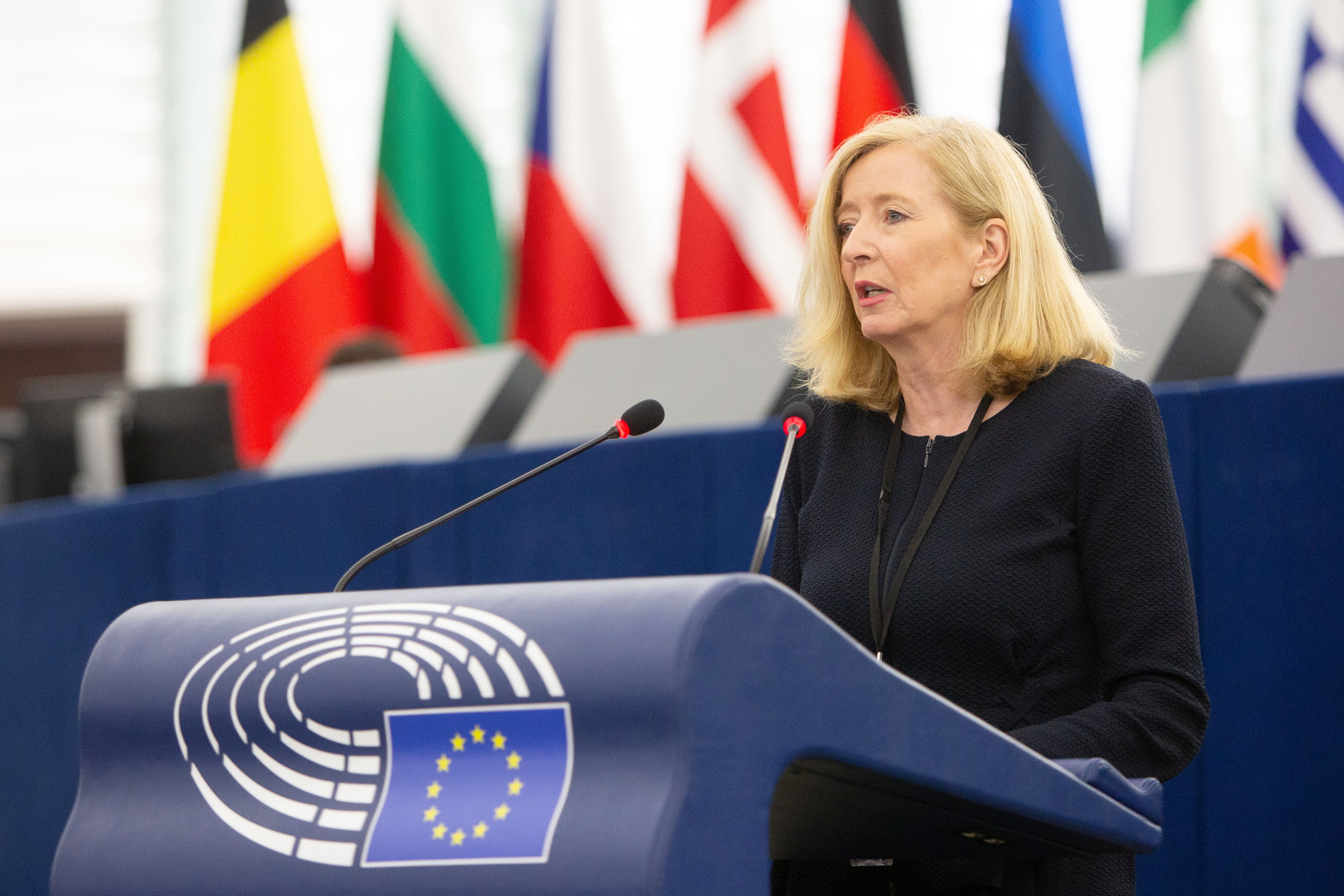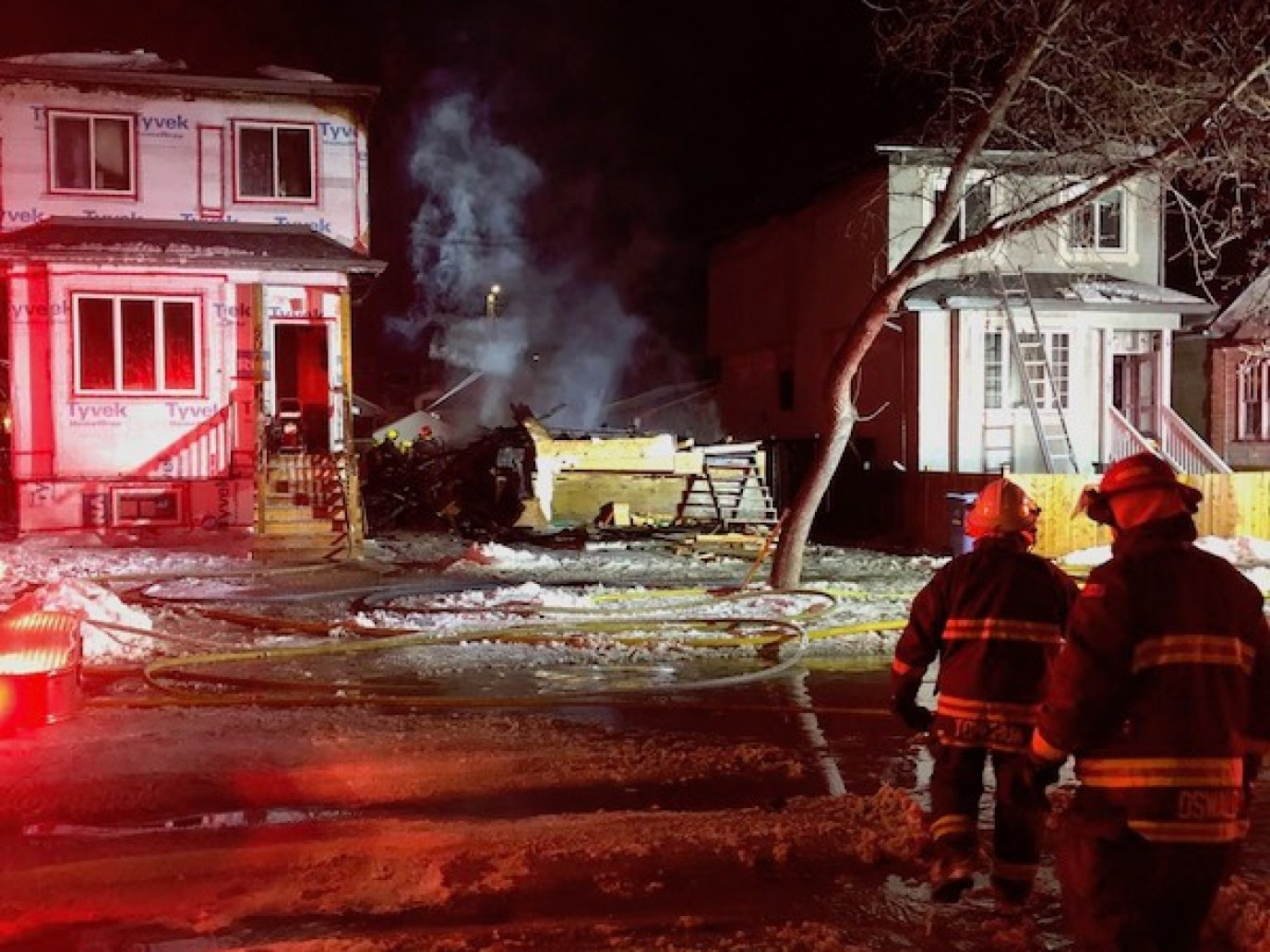A new study has found that many motorists are being forced to drive at significantly lower speeds than the imposed limits when travelling on certain roads across the country. According to data sourced by National Highways, which assessed the flow of traffic between 2019 to 2023, drivers in many parts of the UK averaged speeds of well under 15mph.
Reacting to the average speeds, the vehicle parts retailer RRR, led by Ovoko, noted that many drivers are forced to travel slowly, particularly when travelling through cities. It explains: "It is clear that driving on the speed limit, particularly in major cities, is challenging.
"Many urban areas are beginning to enforce 20mph speed limits on all roads for safety reasons, but most are moving around our cities at just 15mph."
According to National Highways' data, the slowest traffic in the UK between 2019 to 2023 was in Brighton, with drivers averaging just 13mph during their journey in the southern coastal city.
Reading and Nottingham also scored poorly for traffic flow in the study, with an average journey speed of 13.6mph and 13.8mph respectively. Many have argued that factors such as an increase in the number of roadworks and 20mph speed limits have contributed to the slower speeds.
Speed Limits and Congestion
The figures come after Transport Secretary Louise Haigh announced that she will let local authorities decide whether they wish to lower the speed limits on roads in their area. She added: "It's really, really difficult for local authorities when they've not got that air cover from Government. And not only did they not have the air cover, they had the Government actively working against them saying 'No, you're not allowed to roll out 20mph zones, no, you're not allowed to roll out LTNs [low traffic neighbourhoods]."
"Those kinds of decisions should absolutely be made at a local level by communities and not dictated to or stoked up by the centre."
Whilst the Government are encouraging the roll out of more 20mph zones in built-up areas, there are calls to drop the lower speed limits across Wales. Over 10,500 requests have been made to Welsh councils to reconsider the 20mph speed limits that were introduced to around 1,500 roads in September 2023. Despite studies showing that cases of serious casualties and deaths have dropped by 23 percent since they were introduced, some residents have argued that the limit is too restrictive.
Drivers in the Slow Lane
The study, which was conducted by Ovoko, looked at data from the National Highways National Traffic Information Service. This data, which was collected between 2019 and 2023, included information on the average speed of all drivers on every A road in England. The study found that drivers in Brighton are the slowest in the country, with an average speed of just 13mph.
Reading comes in second with an average speed of 13.6mph, followed by Nottingham with an average speed of 13.8mph. Southampton comes in fourth with an average speed of 14.3mph, and Slough rounds out the top five with an average speed of 14.9mph.
The Fastest Drivers
In contrast, drivers in Rutland in the East Midlands are the fastest in the country, with an average speed of 38.6mph. Halton, Cheshire comes in second with an average speed of 36.1mph, followed by Telford with an average speed of 35.6mph. Peterborough comes in fourth with an average speed of 35.4mph, and East Yorkshire rounds out the top five with an average speed of 34.8mph.
Why are Drivers So Slow?
There are a number of factors that could be contributing to the slow speeds seen on English roads. These include:
-
Congestion: Many cities and towns are experiencing high levels of traffic congestion, which can slow down drivers.
-
20mph Speed Limits: The introduction of 20mph speed limits in many urban areas has also contributed to slower speeds.
-
Roadworks: Roadworks can also cause delays and slow down traffic.
-
Driving Habits: Some drivers may simply be more cautious or less aggressive than others, which can also lead to slower speeds.
What Can Be Done?
There are a number of things that can be done to address the issue of slow speeds on English roads. These include:
-
Improving Public Transport: Investing in public transport can help to reduce the number of cars on the road, which can help to alleviate congestion.
-
Reducing Roadworks: Finding ways to minimize the number of roadworks and make them more efficient can also help to improve traffic flow.
-
Encouraging Cycling and Walking: Making it easier and safer for people to cycle and walk can encourage them to choose these modes of transport, which can help to reduce traffic congestion.
The study by Ovoko highlights the importance of addressing the issue of slow speeds on English roads. With congestion and traffic delays becoming increasingly common, it is important to find ways to improve traffic flow and make it easier for people to get around.
The Future of Driving
With technology and innovation continually changing the driving experience, the future of driving could look very different from the way we drive today. Autonomous vehicles are becoming more prevalent, and they could potentially help to improve traffic flow and reduce congestion.
However, there are also concerns about the impact of autonomous vehicles on jobs and the environment. It remains to be seen how these new technologies will ultimately shape the future of driving.

















